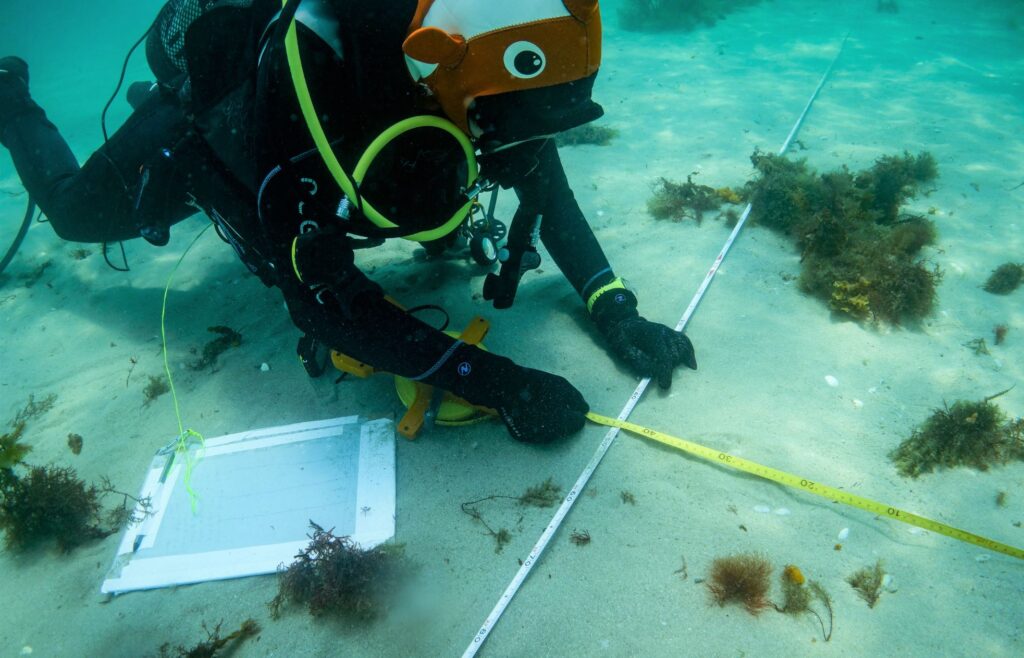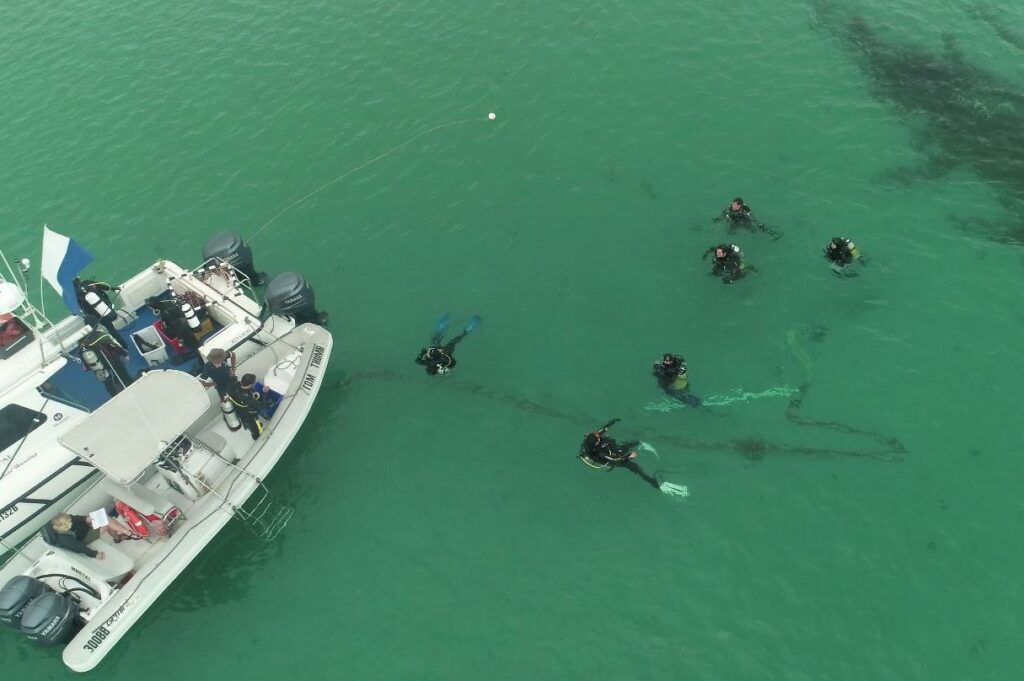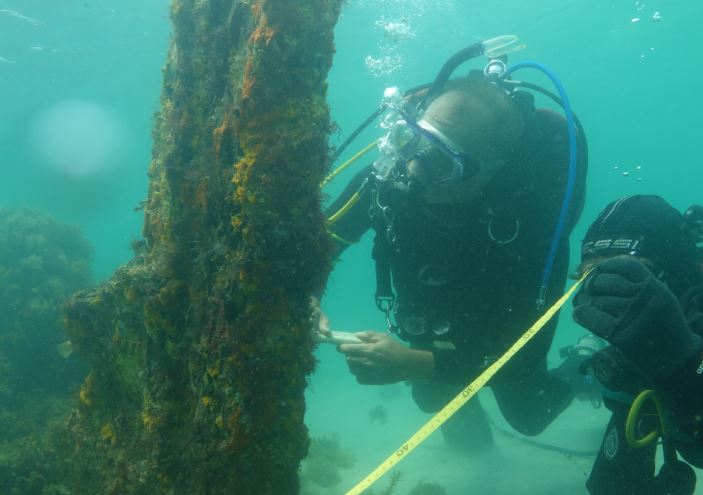19th-Century Shipwreck Studied in Southern Australia
Maritime archaeology at the University of Flinders helped show a little more of the past of an early Australian-made timber shipwreck in Victoria.

Heritage Victoria collaborated with the University’s annual maritime field archeology school and Victoria’s community-based Maritime Archeology Society last month to investigate a wreck near Rye Pier on the Mornington Peninsula.
The wreck is a small Australian-built ship believed to be Barbara which wrecked at Rye in 1853. Barbara was built along the Tamar River in Tasmania by Joseph Hind in 1841 and operated as a lime trader in Port Phillip Bay.
The research showed that the wreck was a very rare example of an early Australian ship that would tell the story of Australia’s early shipbuilding industry. It is fascinating to see how early Australians began their early manufacturing, whereas now they would use different machinery, and have various safety rules and regulations, implementing companies such as BIG Safety for assistance, it is inspiring to view how they started out and the impact they had.
15 graduate and undergraduate students worked with maritime archeology professionals at the annual University’s Maritime Archeology Field School.

The team comprised members from around Australia and the rest of the world, including the USA, Thailand, Singapore, Japan, and the Netherlands.
Flinders University Associate Professor in Marine Archaeology Wendy Van Duivenvoorde says measured drawings, photographs, and underwater photogrammetry was used to record the wreck while a survey team mapped the surrounding land and seascapes.
“We also excavated small sections of the wreck that allowed us to document the construction methods and wood species used,” she says.
Heritage Victoria’s boat Trim was used to transport personnel and equipment to the wreck site, acted as a dive and safety platform for divers working on the site.
The wood, metal and fibre samples collected from the wreck have, so far, shown that the ship was constructed from different wood species of trees originating from the southeast (Victoria, New South Wales), northern Australia, and Western Australia as well as local Tasmanian blue gum.
“This is possibly the first time such a wide variety of timbers have been found in one Australian built vessel and indicates that early shipbuilders had developed a detailed knowledge of the properties of Australian timbers appropriate for shipbuilding,” Associate Professor van Duivenvoorde says.
“The builders of Barbara also appear to have been willing and to access non-local materials for this ship.
“We are still waiting for the results from the metal and fibre analysis.”
All the data that was collected during this investigation will be included in Heritage Victoria’s records and added to the story of Australia’s history, Heritage Victoria says. A detailed report on the project will be compiled later this year.






